New forms of innovation, by Michel Saloff-Coste
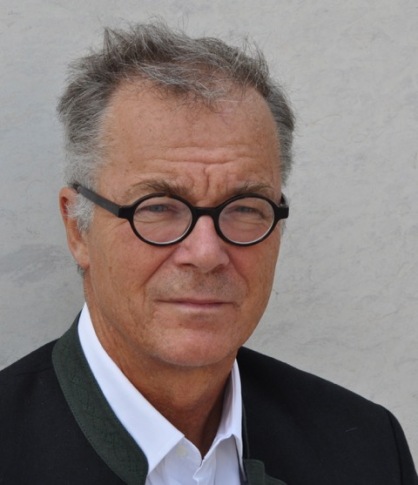 Michel Saloff-Coste is an international integral and global futurist, researcher, business advisor and entrepreneur working with individuals, corporations and governments to foster “fast insights into alternative futures”. In 2013 he became International Development Associate at Copenhagen Institute for Futures Studies and in September 2014 Executive Director at Future Innovation Institute on Innovative ecosystems at Lille Catholic University.
Michel Saloff-Coste is an international integral and global futurist, researcher, business advisor and entrepreneur working with individuals, corporations and governments to foster “fast insights into alternative futures”. In 2013 he became International Development Associate at Copenhagen Institute for Futures Studies and in September 2014 Executive Director at Future Innovation Institute on Innovative ecosystems at Lille Catholic University.
Michel explains: “Innovation is changing, what used to be a brilliant idea has moved to an ecosystem. We talk now about ‘the extended enterprise’, with a collaborative power, acting from ideation to partners dynamics. Meaning becomes central to innovation, as well as handling collaborative dynamics, and uniting external with internal.” Therefore, I asked him: What new forms of innovation are you currently observing?
Michel Saloff-Coste: We are in a period of deep change, but paradoxically, at the same time, we seem to have forgotten all our capacity for in-depth understanding of the social and business revolution we are undergoing. In the face of rapid modifications, we often have a tendency to focus on the short-term, and thereby get ourselves stuck in the quicksand of fashions.
While many roads of thought are opened by people trying to retain a detached attitude regarding the dimension of ever more tumultuous phenomena, two ways of reading the situation intersect. There is the deeper, global one involving the evolution of societies and human activities. Then there is the one entailing evolution of businesses, which gives the appearance of being more concrete in a world that has become essentially commercial.
At a time when companies are collapsing while others are witnessing performances never seen throughout the entire industrial era, will we not have to reverse the reflexes that we have built up over hundreds of years?
If so, we might then find it easier to understand the immense capabilities offered by the new post-industrial information era, the “creation-communication” era where the role of the individual once again becomes centerpiece. We will have to explore new cultural, managerial and systemic paths, while simultaneously keeping in mind that the three periods preceding us (hunting and gathering, planting and rearing, and industry and trade) continue to impregnate our cultures and our types of organization.
It is in relation to this new illumination – that of the end of an age – that we must find a fresh example of the company. Companies can no longer take pride in themselves for fitting into a fully controllable, or much less foreseeable, future. Nevertheless, no matter how unforeseeable the future is, it will partly be the result of what people, individually or working in teams of various types, will imagine and want to create.
The era of uncertainty
These days, no one can pretend to “earn in the context of uncertainty” without first acknowledging that this action basically consists of managing more complexity and of going beyond the approach which three centuries of Cartesian thinking left us. Managing complexity also means knowing that there is no longer a single reality, but a complex fabric that is both virtual and real, and that one can only effectively comprehend through a vision devoted to global thinking. When we talk about learning companies, in fact, we implicitly understand that there are “unlearning” companies — meaning one has to “unlearn” old reflexes in order to really work to the benefit of people and their skills. Let peoples’ imagination take over. That is the challenge being offered to you: it is up to them, up to us, to remain the masters of what modern technology can do.
A new vision is indispensable
It is in relation to the new perspectives offered by this switchover to an information era — where informed, creative and communicative individuals can finally let their own genius take its course — that new liberating visions will prove essential. It is these new visions that will give all their meaning and weight to individual and group projects, in the framework of organizational and societal undertakings, taken in the global sense.
New game rules
Some companies – the fourth type – while there are still too few of them, understood that the rules of the game changed, rules that directly concern individuals and their relations with their equals in their “producer” activities, rules that we will break down into four categories: culture, management, systems and structures. These new game rules bring about a new type of civilization, one that is radically different from the ones we have known up until now.
At the time of the industrial takeoff, the pioneers of the new age, that is the age of industry and trade, knew extraordinary opportunities. Today we also have exceptional opportunities for development, if we know how to anticipate things, while at the same time remembering that the real, concrete future never corresponds to a simple extrapolation of the past. What is important to discern is the heavy tendencies, the general outline of the emerging era: the post-industrial era. It is the general characteristics, the invariants of this era that we must highlight, by differentiating them from characteristics of previous eras.
In-depth characteristics of current change
The crisis that we are going through is not cyclical, but structural. In this environment, projections made by extrapolating tendencies are not of much use, since they only extend the “currents” of the moment, so it is the breaking away that need to be examined.
Nevertheless, now more than ever, individuals, teams, companies and society in general need points of reference, anchors floating in the vastness of the ocean, often pulled apart by uncertainty.
In periods when action tends to lose its frame of reference and become insignificant, social-historical reflection can put the change that is taking place in a different light. This new perspective gives an effective meaning back to the action.
Above and beyond the formal level of appearances, it is in fact at the level of meaning that the full contribution of the grid we propose for decoding the evolution of human activities will be appreciated. The objective of this “macroscope” is to shed light on our current evolutionary position and fundamental breaks that we can expect, by giving a few “leads” for answering the following three questions:
How did we get to the current situation?
What are the characteristics of our age?
What are the coming tendencies?
Breaks and cultures
In its evolution, humanity has witnessed a few major breaks. Are we currently living through another one, or are we simply witnessing the full development of tendencies existing for a long time now?
It is difficult to answer these questions because we all see things from our own background and cultural point of view. Cultures have a great capacity to mutually ignore each other and discredit each other. Because cultures are grids for decoding the world, they are the very origin of our relationship with reality. The question of knowing what major steps humanity has gone through represents another question. What culture should we put ourselves in? What is a beginning for some cultures and an end for others?
The concept of dominant activity
One way to approach the major steps in human evolution is to construct a breakdown based on the modifications recorded in dominant activity. The term “dominant activity” means the activity that most of humanity carries out at a given time.
For nearly three millions years, humans’ dominant activities were hunting and gathering. Cultivation and rearing then took over for 30,000 years, and 300 years ago, gave way to industry and trade.
Finally, today, creation and communication – fields in which a little more than 50 % of the active populations in the most advanced countries work – are gaining ground. In the United States, actual production activities already only represent 1/6th of jobs.
When an activity engages most of humans’ forces at a given time, it becomes the foundation of the values that drive the society. The values of a hunter-gatherer, who has to move around quickly in order to follow seasons and animals, are therefore different from the values of a planter and blender, who has to protect his or her territory and stay close to it at all times.
Every time humanity has changed dominant activities, tools and way of thinking, its way of perceiving, organizing itself, exchanging, and communicating also underwent change.
Thinking about history helps us build a concrete tool that can shed light on the present. This tool is a “grid” that offers a clear, summary view of the evolution of history and current change.
Characteristic domains of each age
In order to analyze the characteristics of each step and the evolution of culture and corresponding values, we defined seven characteristic domains:
- Tool : evolution of tools, as exteriorizations and extensions of our organic functions;
- Power : evolution of the factor determining material and social power;
- Exchange : evolution in ways used to exchange goods;
- Thought : evolution in the way of thinking and understanding reality;
- Communication : evolution in the way of communicating;
- Organization : evolution in the way of organizing things within society;
- History : evolution in the way people comprehend time and history
By intersecting dominant activities and characteristic domains, we obtain a grid made up of 28 elementary meshes. It is made up of seven vertical columns, corresponding to the characteristic domains, and of four horizontal columns, corresponding to the dominant activities.
The concept of “territory”, already shaken up over the course of the three centuries of the industry and trade era will attenuate during the course of the creation and communication age, which will obviously bring about deterritorialization. This is how the interactive communication systems will make it possible for individuals to exchange, communicate, and work in real time with any other point on the planet. These are indeed the functional and cultural stakes of the information highways, which will surpass the problem of infrastructure — which is only the formal level — as well as the visible level of things. It is around common activities and values that people will meet communicate by means of special networks. The success of the Internet and everything associated to e-commerce act as a shining example of this.
Furthermore, the emergence of the creation/communication era is going to have a forceful effect on all cultures and on previous values.
The industrial and trade wave transformed cultivation and rearing, moving in the direction of industry and trade. Likewise, the new wave of creation and communication is radically changing industry and trade themselves.
By equipping itself with robots, industry is freeing itself of human labor – and releasing human labor – thereby acquiring flexibility that brings about constant growth in the number of creation and communication jobs.
Plants are only massively transforming instruments, just like in Charlie Chaplin’s “Modern Times” as theorized by Taylor, Fayol and the scientific management experts. Under the influence of Japanese companies or what we might call “Toyotaism”, it tends to become a nervous system that drives an ever more diversified and subtle production, giving rise to what is sometimes qualified as “industrial customization”. With regard to this “production”, the customer passively becomes and more a “partner”.
From mass duplication to customized production
As material production is taken over by sophisticated, flexible robots, humans’ dominant activity is focused on domains specific to humans, that is creation and communication.
Creation and communication of products with an essentially immaterial value is now going to become human beings’ main occupation.
Though duplication characterized the industrial and trade age, and although this phenomenon of duplication is still important today, it is no longer the major characteristic of our times. The phenomenon of mass consumption is now counterbalanced by the development of interactivity, and by the emergence of a new race of consumers who are more and more prone to technologically surfing. In the face of this consumer, companies want to be recognized for their specificity and their singularity.
This interactivity is already making it possible for some consumers to draw a customized object and order it directly from a plant which, through the flexibility of its robots, can supply this unique object without excessive overcost. A key element in the evolution of marketing is one-to-one marketing, which tends to handle each customer in a specific manner and make each customer a full partner.
Likewise, in the field of communication, interactivity allows individuals to have more and more freedom of expression. They are no longer passive recipients of messages. At all points in time, they can intervene, making themselves transmitters of messages. The “customization” of the creation and communication era also means striving to create spaces that make interactive communication easier. Once again, the exponential success of the Internet is a good example of this, and in fact, it is in this field that the true stakes of the information highways lie.
The mass media, broadcasting to a multitude of passive consumers from one point, is going to give way to a multitude of networks where consumers of “prosumers” (consumer-producers) will be connected to each other in a non-hierarchical manner, and where each one can choose to be either a sender or a recipient, a producer or a consumer.
 The industrial and trade age was – through mass-duplication of objects, messages and music – an age of unprecedented uniformization. This uniformization is to be matched up with the idea of universalism and of a mechanical reality in a space-time that is linear and homogenous, and, in the Western world, culminated for 30 glorious years. Today, on the contrary, tendencies are reversing.
The industrial and trade age was – through mass-duplication of objects, messages and music – an age of unprecedented uniformization. This uniformization is to be matched up with the idea of universalism and of a mechanical reality in a space-time that is linear and homogenous, and, in the Western world, culminated for 30 glorious years. Today, on the contrary, tendencies are reversing.
This is difficult to accept and understand, because the entire educational system from which we come dates from the industrial and trade age. Our training does not give us the conceptual tools adapted to understanding the creation and communication age into which we are switching over.
What is becoming certain today is the discovery of a universe that is not homogenous and uniform, but instead made up of a multitude of incomparable micro-realities and breakaways. Today, social reality has burst: each individual is looking for his or her own roots, which tends to loosen the ties of pre-established groups, while at the same time looking for his or her own identity through alliances that are often ephemeral.
Physical science, which was the strongest promoter of the concept of a homogenous, linear space-time, is itself calling these premises into question. Modern physics lets us penetrate into a fractal universe where each event is in keeping with a space and time all its own.
Nevertheless, these independent micro-realities, each in a way on a different plane, all interact with each other.
See Michel Saloff-Coste, “Le Management du troisième millénaire”, (Management in the third millenium), op. cit.
See B. Lemaire, “Vers l’entreprise du quatrième type” (toward a company of the fourth type), Expansion Management Review, March 1994.
See Michel Saloff-Coste, “Le Management du troisième millénaire”(Management in the third millenium), op. cit.
This entry was posted in Innovation and tagged complexity, creation and communication, Entrepreneurship, evolution, fractal, imagination, Innovation, innovation ecosystems, Meaning, Michel Saloff-Coste, networks, one to one marketing, prosumers, singularity. Bookmark the permalink.
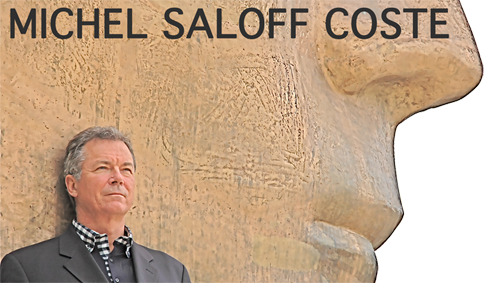
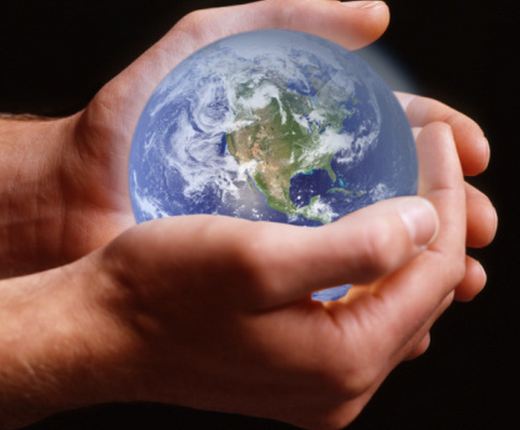
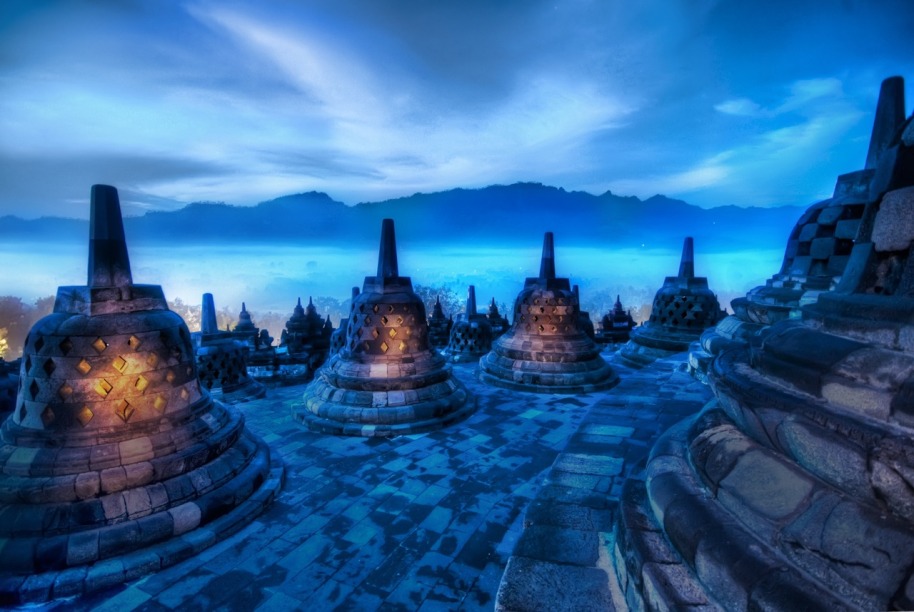
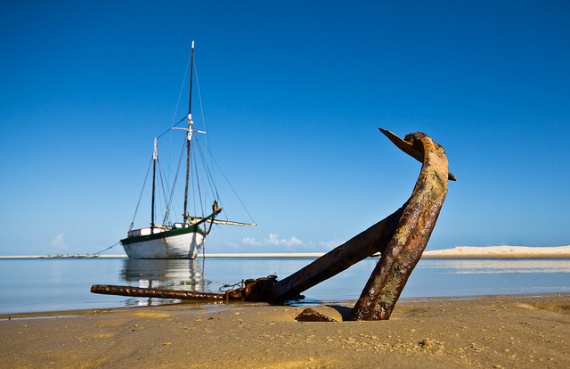

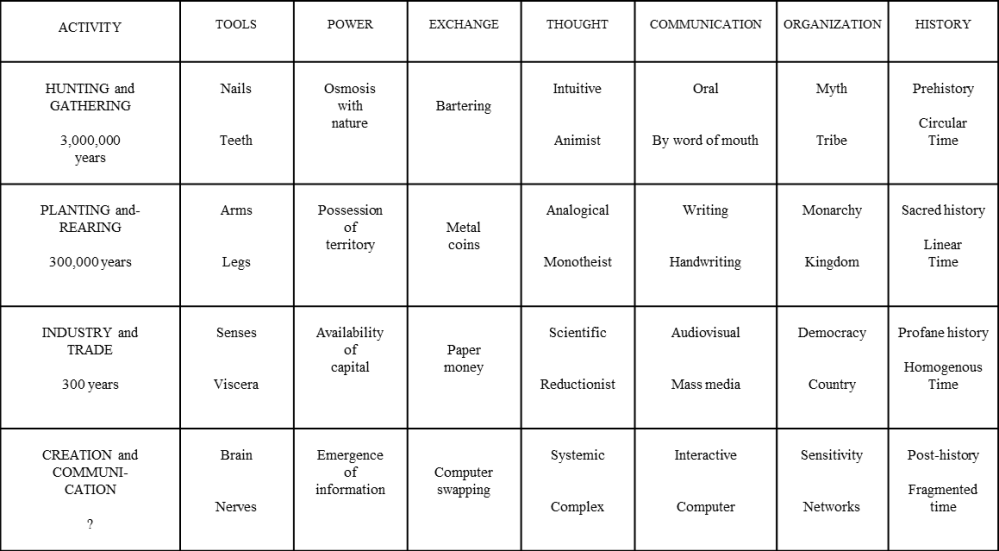
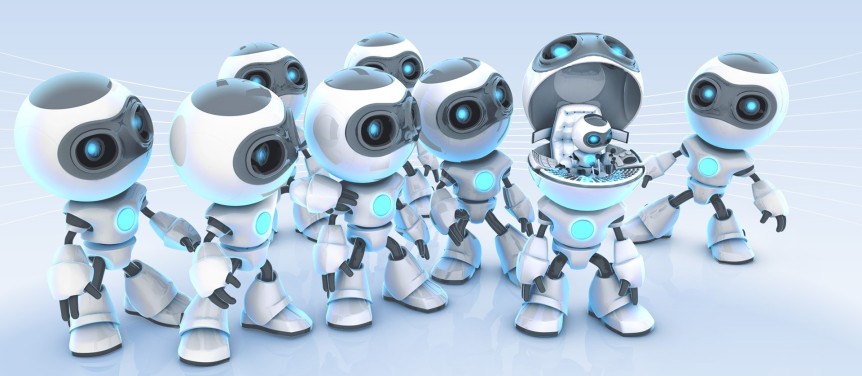
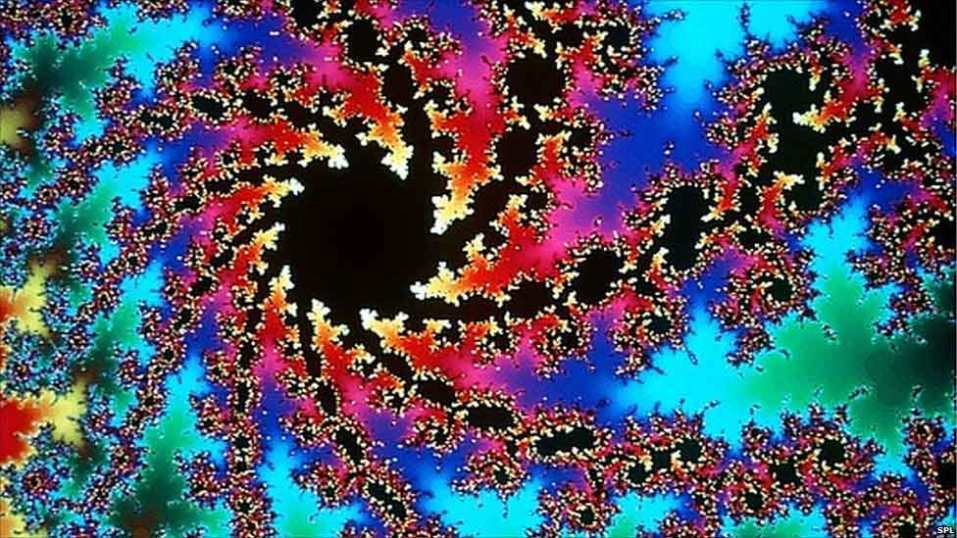
ONE RESPONSE TO “NEW FORMS OF INNOVATION, BY MICHEL SALOFF-COSTE”